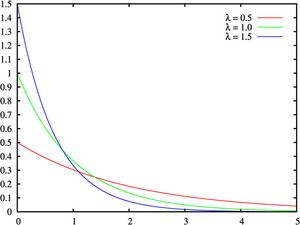Evidence-Based Dentistry (2011) 12, 5-6.
Data sources
Medline and the Cochrane Database of systematic reviews between January 1993 and December 2008. Hand search of 12 different dental journals (Journal of Periodontology, International Dental Journal, British Dental Journal, Journal of the International Academy of Periodontology, Journal Canadian Dental Association, Swedish Dental Journal, Quintessence International, Journal of Clinical Periodontology, Periodontology 2000, Clinical Oral Implant Research, International Journal of Oral and Maxillofacial Implants, International Journal of Prosthodontic, Journal of Prosthetic Dentistry). Language restricted to English.
Study selection
Primary articles from systematic reviews that specifically studied the length of survival of dental implants.
Data extraction and synthesis
Primary studies were extracted from reviews for which the following information was available: the failure rate of dental implants, publication year, journal Impact Factor, prosthetic design periodontal status, number of dental implants included in the study, methodological quality of studies, presence of a statistical advisor and financial sponsorship. Univariant quasi-Poisson regression and multivariate analysis were used to identity variables that were significantly associated with failure rates.
Results
Two independent reviewers identified five systematic reviews from which 41 analysable trials were extracted (Kappa 0.90; 95%CI 0.77 – 1.00). The mean annual failure rate estimate for all trials was 1.09% (95%

Image via Wikipedia
CI 0.84 – 1.42). The mean annual failure rate estimate of non-industry funded trials was 2.74% (95%CI 1.14 – 6.55). Four trials (10%) reported non-industry funding sources. The funding source was not reported in 26 trials (63%). 27 trials (66%) were considered to have a risk of bias. Given study age, both industry associated (OR= 0.21; 95%CI 0.12 – 0.38) and unknown funding sources trials (OR = 0.33; 95%CI 0.21 – 0.51) had a lower annual failure rate compared with non-industry associated trials. A conflict of interest statement was provided in 2 trials (5%).
Conclusions
After controlling for other factors, the probability of annual implant failure reported in industry associated trials is significantly lower compared with non-industry associated trials. This bias may have significant impact on tooth extraction decision making, research on tooth preservation and government health care policies.
Address for correspondence: Philippe Bouchard, Department of Periodontology, Service of Odontology, Hôtel-Dieu Hospital, AP-HP, Paris 7 – Denis Diderot University, UFR of Odontology, Paris, France. E-mail: phbouch@noos.fr
Ben Balevi1
1Private practitioner, affiliated with Faculty of Medicine, University of British Columbia, Vancouver, British Columbia, Canada
Popelut A, Valet F, Fromentin O, Thomas A, Bouchard P. Relationship between sponsorship and failure rate of dental implants: a systematic approach. PLoS One 2010; 5: e10274.










